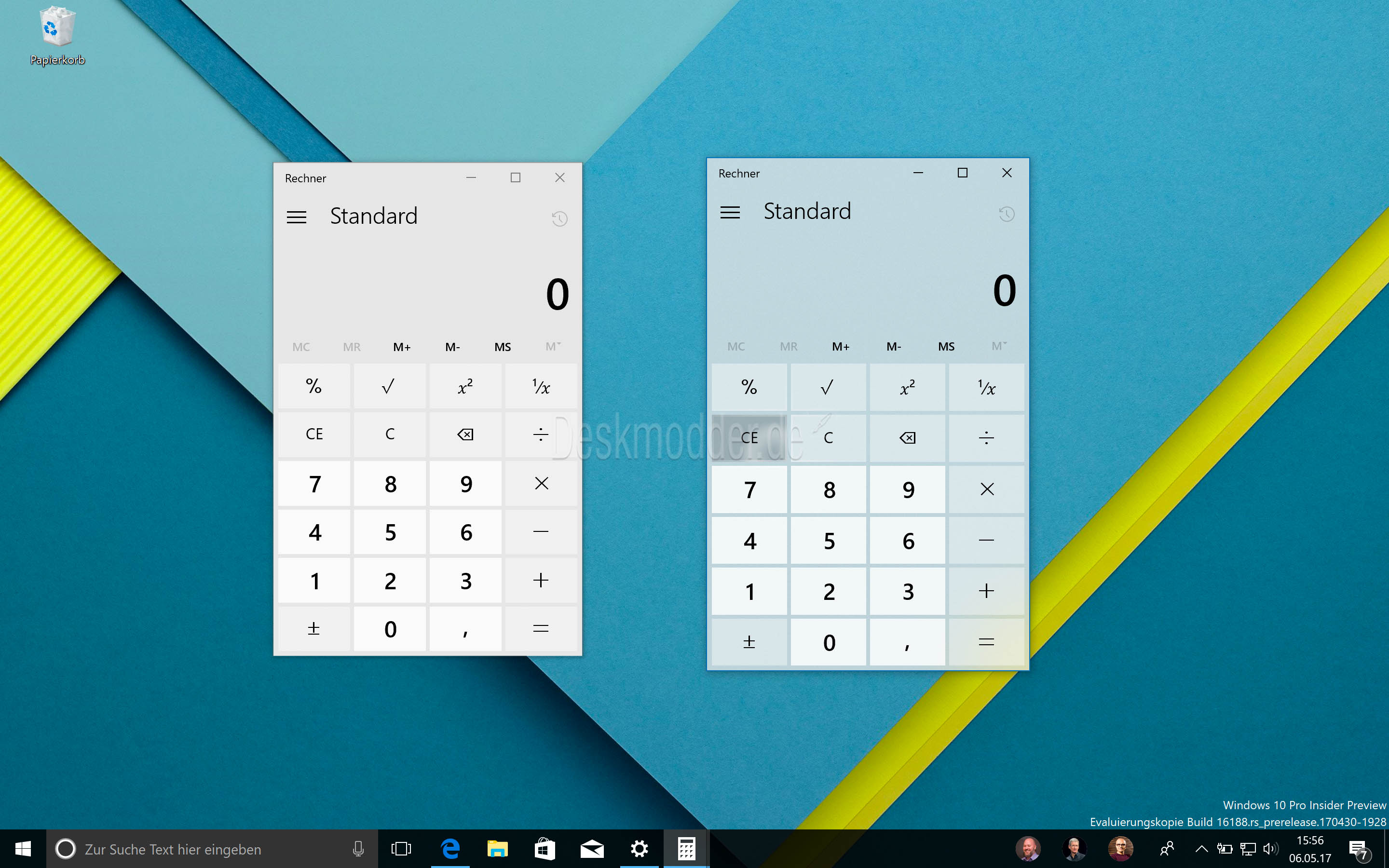

Some may like them pinned while others may go with tab styled. The latter can be dragged by tab while the former can be resized and dragged by title bar.Įvery ASP.Net developer prefers to arrange windows in a specific manner according to their discretion. Visual Studio has two window types: tool windows (Solution Explorer, Output window, Debugger Window, Server Explorer, Error lost, etc.) and document windows (configuration files, text files, source code files, etc.). The layout management feature offers developers to lay and arrange the windows according to their preference, and sync and save the settings in Visual Studio for future use. Net developers with the IDE and enhance their overall productivity. Click Get more themes in the Store to jump to a listing of all available themes.Window layout is a feature introduced in Microsoft Visual Studio to simplify the interaction of. If you'd rather use a third-party theme, you'll find those in the Windows Store. Each link under the current them takes you directly to the customization page for that element.Īfter you've customized things to your liking, click Save theme to add the collection to the list at the bottom of the Themes page. You can create your own theme by adjusting the different elements individually on the Settings > Personalization page. You'll find them in Settings > Personalization > Themes, as shown here. Windows 10 also moves the location of theme customization from the old-style Control Panel. Windows 10 themes include support for customized mouse pointers.

Three of those elements are the same as in previous versions: a desktop background (sometimes also called wallpaper), an accent color, and a collections of sounds associated with system events. In Windows 10 version 1703 (the so-called Creators Update), a desktop theme consists of four elements. So what? Having a visually pleasing, personalized background makes computing more enjoyable, and it probably increases productivity.


 0 kommentar(er)
0 kommentar(er)
